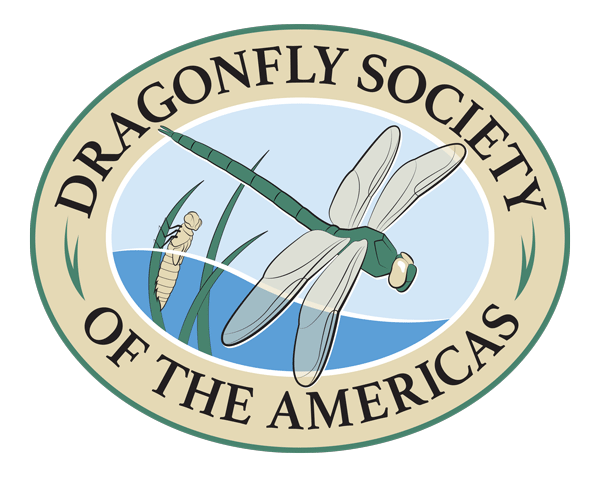Mike Hannisian
I have created this database to show the early and late flight dates for all of New Jersey’s Odonata species by county based on the entries in iNaturalist (inaturalist.org) and Odonata Central (odonatacentral.org). I also have included the first and last flight dates from the no longer active New Jersey Odonata Survey website (njodes.org).
I have divided New Jersey’s 21 counties into three regions of seven counties each: Southern, Central, and Northern. For each region, the first column is a list of New Jersey’s ode species. The next seven columns are the counties in the region in alphabetic order. The following column lists the number of counties in the region in which each species has been recorded. The last column lists the number of counties in the region for which there are only Dot Map Project (Blue Dot) records for the indicated species. These last two columns for each region are repeated in a consolidated fashion after the Northern region and are followed by columns showing the number of statewide counties in which each species occurs and the number of statewide counties for which there are only Dot Map Project (Blue Dot) records for the indicated species.
At the bottom of each species column is a color-coded key denoting the following: Early County Dates are highlighted in green; Late County Dates are highlighted in blue; Early and Late County Dates occurring in the same spreadsheet space are highlighted in ocher, and Early and Late State/Region Dates are highlighted in yellow. New (i.e.: 2021) early and late county dates are printed in bold red. Undocumented/unconfirmed early or late county dates are printed in bold blue.
iNaturalist deletes the dates of obscured entries, leaving only the month and year. When these might represent an early or late flight date, I have messaged the person entering the record explaining the situation and asking them to provide me with the actual date. Many, but not all, have cooperated; including one person who notes that iNaturalist lists his record as occurring in a county adjacent to the one in which the observation was made. The dates provided by these people are noted by “(@)” printed in bold green. Finally, the key contains eight, self-explanatory, numbered notes.
I also note that both iNaturalist and Odonata Central have occasional problems accurately placing entries in the appropriate counties. iNaturalist, so far as I can determine, has two issues: one is that when a site is obscured it is unclear in which county the sighting occurred (e.g.: see above), and the other is that, when a location is based on in-camera GPS data, the entry is based on the location of the camera –– not the location of the subject. This second issue can be a problem, as I have encountered with a few of my entries, when observations are made along political boundaries. True, these can be manually corrected, but this requires the observer to realize the error.
The problem with data gathered from Odonata Central appears to stem from the apparent method previously used to place entries, namely that they are based solely on the entered longitude and latitude coordinates. The recent change in placing sites greatly reduces, if not eliminates, this issue; but it remains a concern for the many prior entries. True, the coordinates are based on numbers which, by themselves, are precise. However, the people entering these numbers are not always as accurate –– I know, as I have made this mistake myself!
Examples of such problems with coordinates are as follows: New York state has a number of entries with descriptions that are explicitly for the State University of New York in Binghamton (misspelled as Binghampton), which is in Broome County. However, Odonata Central has placed the records in Onondaga County, which is well north of Broome County (e.g.: OC#445766). This problem is not limited to New York. See, for example, OC# 263594 which places a Bronx, New York, entry in Bergen County, New Jersey; and OC# 1515872 which places a Salineno, Texas, entry in Tamaulipas, Mexico.


